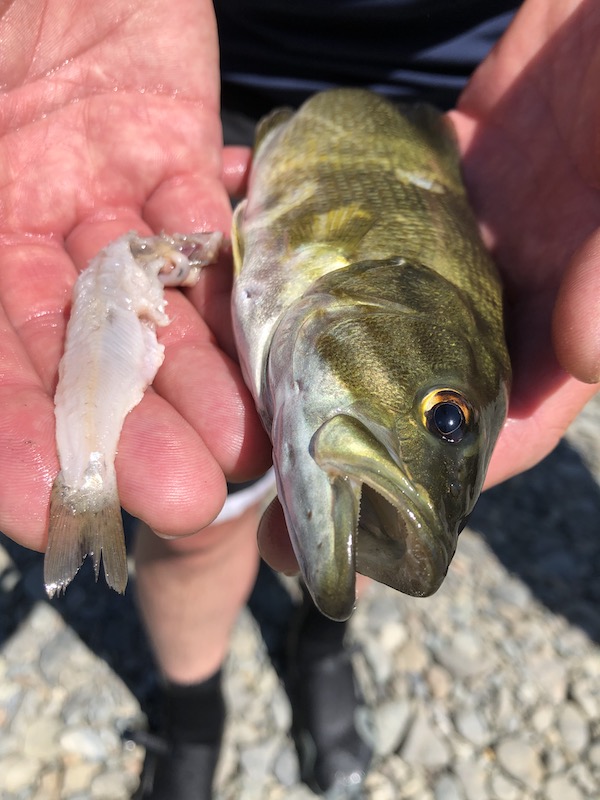
Fall Chinook Conservation Hatchery Proposed On Coquille River
THE FOLLOWING IS A PRESS RELEASE FROM THE OREGON DEPARTMENT OF FISH AND WILDLIFE
ODFW and the Coquille Indian Tribe are proposing to begin a hatchery conservation program for Coquille River fall Chinook salmon.
The public can learn about the proposal during an online, livestreamed webinar Wednesday, July 20 from 6 p.m. – 8 p.m. The webinar includes a Q and A session where ODFW will answer questions and take public comment. View the draft conservation hatchery plan.

Click here to join the meeting on ODFW’s YouTube channel. Submit questions or comments by filling out this form.
ODFW and the Tribe will ask the Oregon Fish and Wildlife Commission to authorize the program at their Aug. 5 meeting. The public can also testify at the Commission meeting.
The wild Coquille fall Chinook salmon population declined dramatically beginning in 2018. It remains highly depressed with a low of 275 adults returning to spawn to a high of about 900 from 2018 to 2021.
Previously, wild adult returns averaged about 8,000 – 10,000 fish yearly.
With the extremely low number of wild fall Chinook adults returning to spawn since 2018, the ability of the population to sustain itself is at risk and these fish could be extirpated. The conservation hatchery program is an emergency measure to prevent extinction of the population while limiting factors (such as smallmouth bass predation and habitat) are addressed.
The conservation hatchery proposal calls for about 15 pairs of wild adult fall Chinook collected for broodstock this year. Due to currently limited hatchery capacity, the target is to release 47,000 larger sized smolts into the upper Coquille Basin during the high flows of winter/spring 2023-24. The fish will be reared at the Bandon and Elk River hatcheries.
The objective is to scale releases up to 75,000 – 100,000 in future years.
The Coquille fall Chinook conservation hatchery program would capture wild salmon broodstock and raise their progeny in a hatchery setting to improve survival. Unlike hatchery fish produced for harvest, returning conservation hatchery adults are meant to supplement returning wild spawner numbers and would not be harvestable in Coquille fisheries.
Like some other populations, wild Coquille fall Chinook suffered from recent poor ocean conditions, but predation by smallmouth bass is a major reason these fish have not rebounded. Non-native and illegally introduced smallmouth bass prey on out-migrating juvenile Chinook and thrive in the Coquille’s warmer summer water temperatures and lower flows. Non-native striped bass, present for decades in the Coquille, also prey on juvenile salmon.

Multiple age classes of smallmouth bass were first confirmed in the Coquille in 2011 meaning the fish had already been in the river for multiple spawning cycles. The population is now present up to the Forest Service boundary above Powers in the South Fork, up to Laverne Park in the North Fork and up to Sandy Creek in the Middle Fork.
Immediately following discovery of the illegal introduction, ODFW eliminated size and bag limits on bass in the Coquille. To further combat the smallmouth bass population, ODFW allowed spearfishing and bait use for bass since 2020. ODFW also electroshocked to remove smallmouth bass and document their spread since 2020. Last year, the Coquille Indian Tribe and other partners joined the effort, and a week-long smallmouth bass assessment was conducted to evaluate the population and inform future control methods.
Editor’s note: For more on Coquille River fall Chinook issues, see this month’s Northwest Sportsman The Big Pic feature, here.
